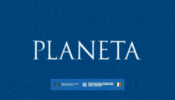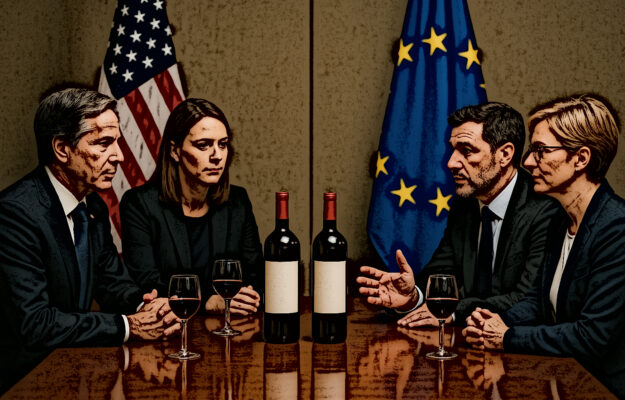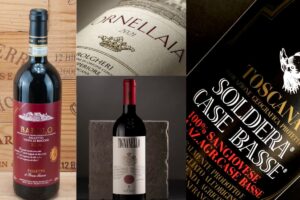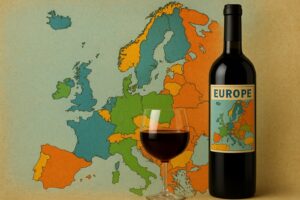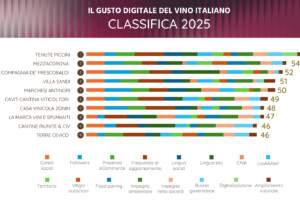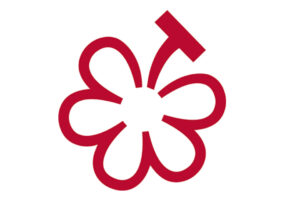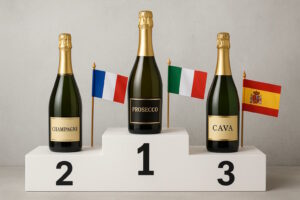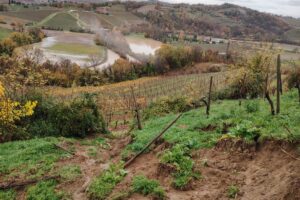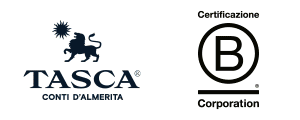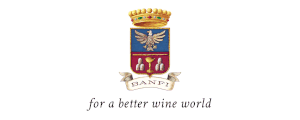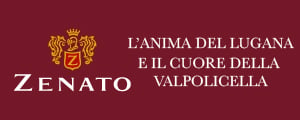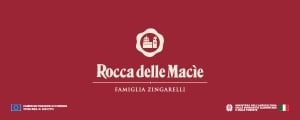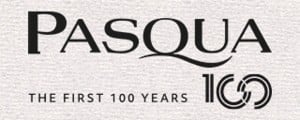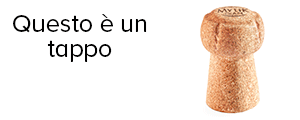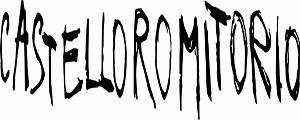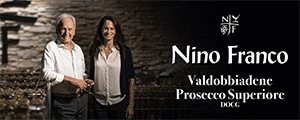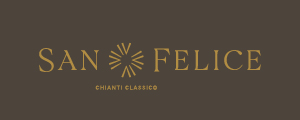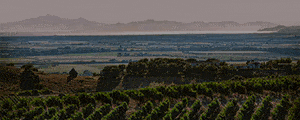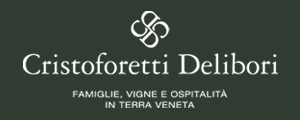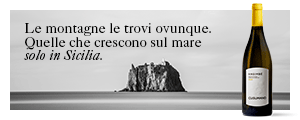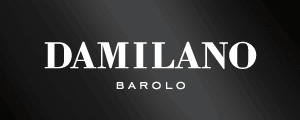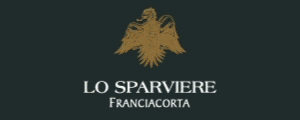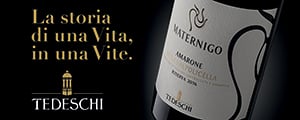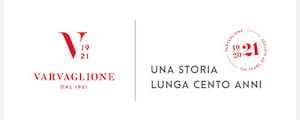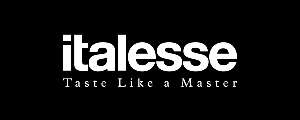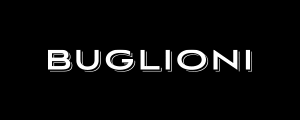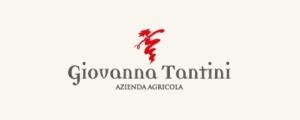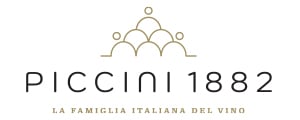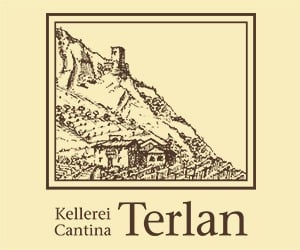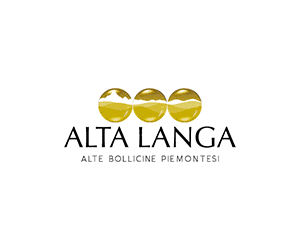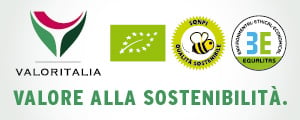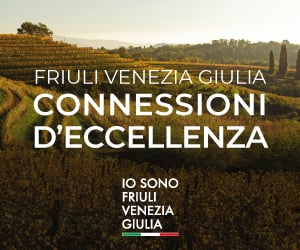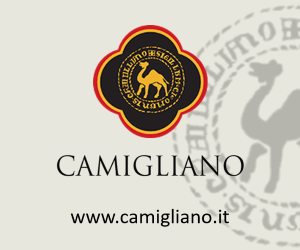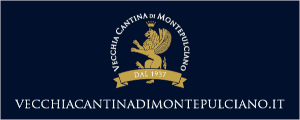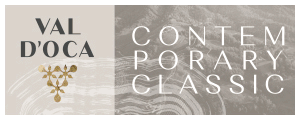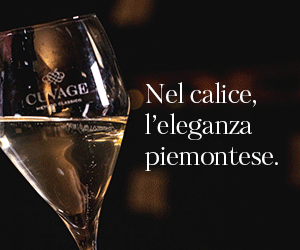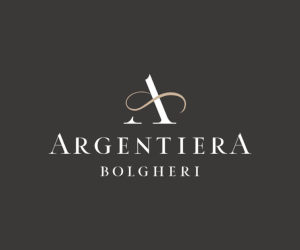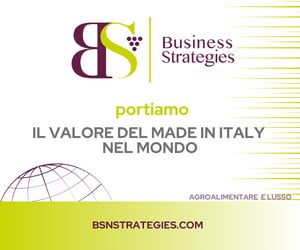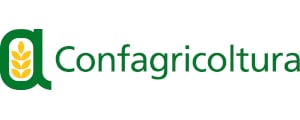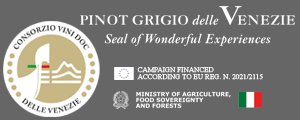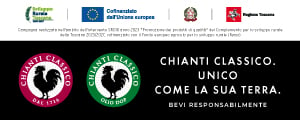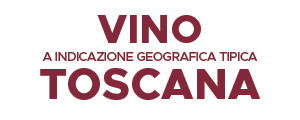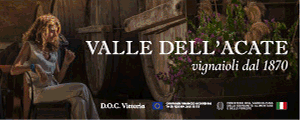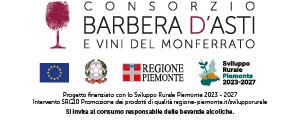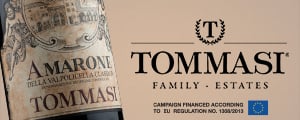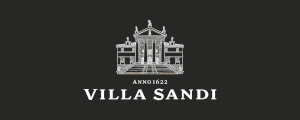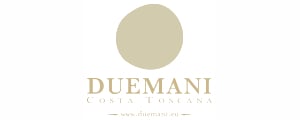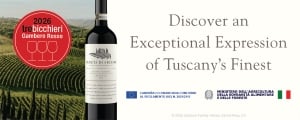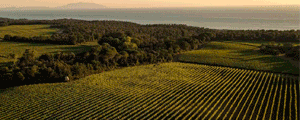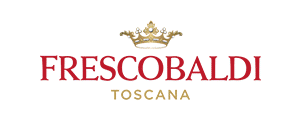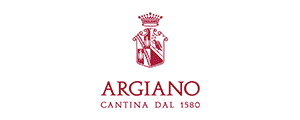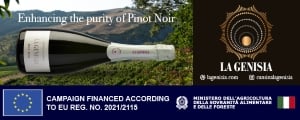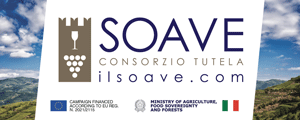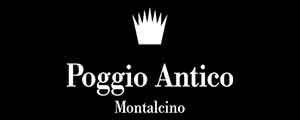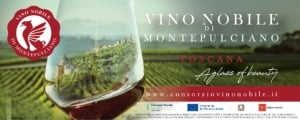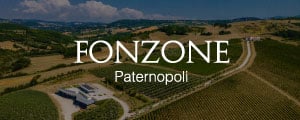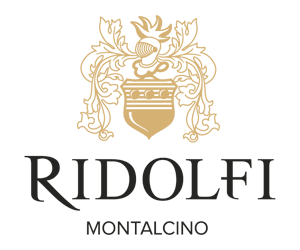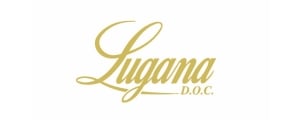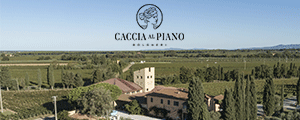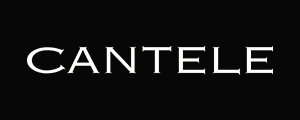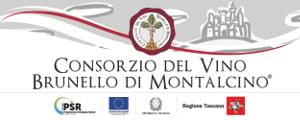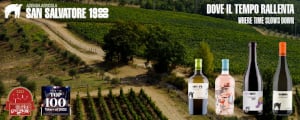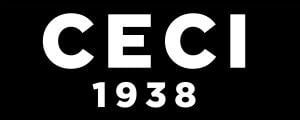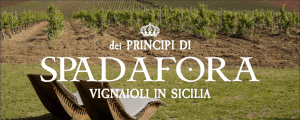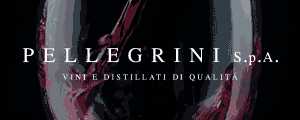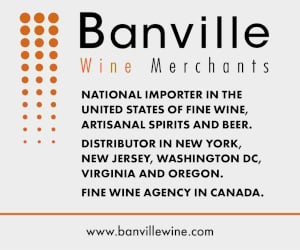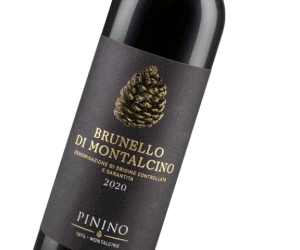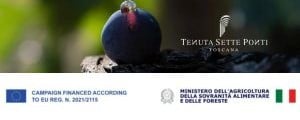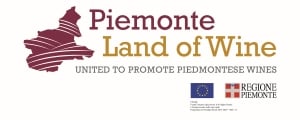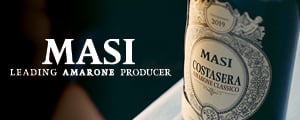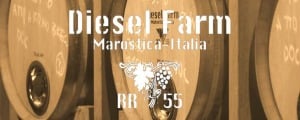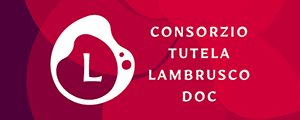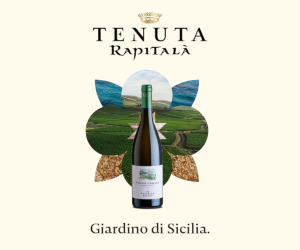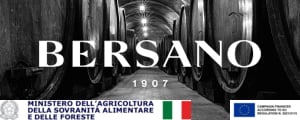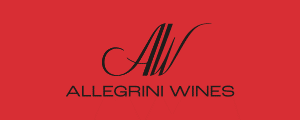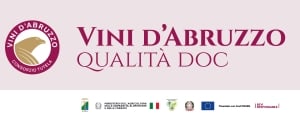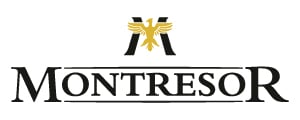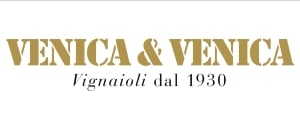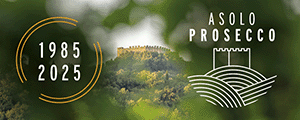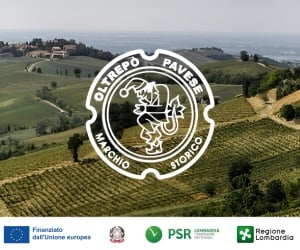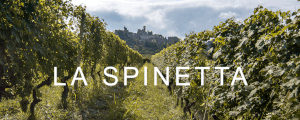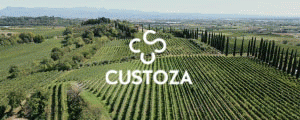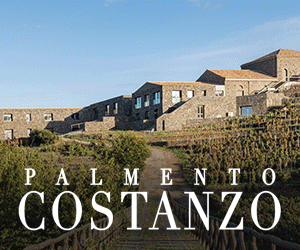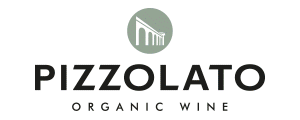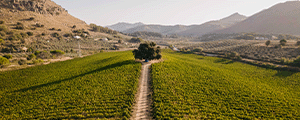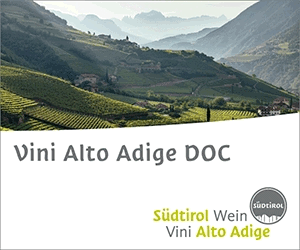In a long-standing and uncertain issue like that of U.S. tariffs, particularly on EU products, following President Trump’s executive order last night confirming the 15% threshold set to take effect on August 7, industry organizations are urging to continue negotiations to improve an agreement that, while mitigating some of the damage compared to the president’s initial bombastic statements, still leaves no sector at ease. This is especially true for a sector like Italian wine, which is highly exposed in the U.S. market, accounting for nearly a quarter of its export value there (1.9 billion euros out of a total of 8.2 billion euros in 2024, according to Istat data).
“We are calling on the Italian government and, together with the Ceev, the European Commission, to ensure that the Eu-U.S. wine negotiations continue in the coming weeks and that our product is included in the list of European agricultural goods subject to zero or reduced tariffs - said Lamberto Frescobaldi, president of Unione Italiana Vini - in recent days, this same request has been officially made not only by the U.S. Wine Trade Alliance but also by the National Restaurant Association”.
According to an analysis by the Wine Observatory of Unione Italiana Vini (Uiv), Veneto is the leading Italian wine-exporting region to the U.S., with around 600 million euros, and a 21% share of total Italian wine exports. But, Pinot Grigio delle Venezie, Prosecco, and Amarone represent only part of the regional denominations that will have to face the tariff nightmare. Tuscany, with Brunello di Montalcino, Chianti, and other Doc reds, is another major exporting region with a strong U.S. orientation, accounting for 32% of its total wine exports, or about 380 million euros. Also the share of the third-largest exporter by value, Piedmont, is significant, which owes 21% of its foreign revenue to the U.S. market, thanks to its reds and especially Moscato d’Asti, 60% of which is shipped to the U.S., making it the true home of this aromatic sweet wine. In terms of exposure to the U.S. market, South Tyrol leads among top exporting regions: with 36.2%, mainly due to Pinot Grigio from both Trentino and the Delle Venezie Doc.
These figures are echoed by Cia-Agricoltori Italiani, which notes that “the most dependent on the U.S. for exports are the white Pdo wines from South Tyrol and Friuli-Venezia Giulia, with a 48% share and 138 million euros in exports in 2024; Tuscan red Pdo wines (40%, 290 million euros), Piedmontese red Pdo wines (31%, 121 million euros), and Prosecco Pdo (27%, 491 million euros). These are significant figures that duties could disrupt, giving competitors a free pass”. “The history of trade relations between Italy and the U.S. has evolved over time through the key players of the national wine scene - still said Frescobaldi - from Lambrusco to Brunello di Montalcino, from Verdicchio to Chianti, up to Pinot Grigio and Prosecco, Italian wine has made its way thanks to all the ambassadors of regional wine excellence, making the U.S. the number one foreign customer of Italian vineyards, with an average market share of 24%”. According to the analysis by Uiv, a 15% tariff on wine would result in an estimated loss of around 317 million euros for the Italian wine sector over the next 12 months. “Never before wine has been under such attack. After the Eu-Trump tariff agreement, the impact will be entirely negative for one of the symbols of Made in Italy: each bottle on American shelves could cost up to 20% more”, added Cia-Agricoltori president Cristiano Fini. “The agreement reached effectively penalizes only the European Union: it cannot be considered a positive deal, as it is essentially a unilateral agreement”, Fini adds.
He emphasized that “the wine sector is not only a production excellence but also a true economic engine for the entire national agricultural system. The introduction of new tariffs in a key market like the U.S. would have a direct impact, especially on small and medium-sized enterprises that have invested for years in quality, internationalization, and sustainability. Now, all these winegrowers risk seeing their achievements compromised”. According to Fini, a strong and unified political response is needed at both national and European levels to compensate Italian companies for the increased costs of exporting to the U.S. These resources could be extraordinary or will have to be found within the ordinary community funds, not entirely spent. “This would be a way - Fini says - to compensate companies for the dumping effect, which will exceed expectations, considering the rising costs along the distribution chain and the devaluation of the dollar”.
Copyright © 2000/2025
Contatti: info@winenews.it
Seguici anche su Twitter: @WineNewsIt
Seguici anche su Facebook: @winenewsit
Questo articolo è tratto dall'archivio di WineNews - Tutti i diritti riservati - Copyright © 2000/2025

